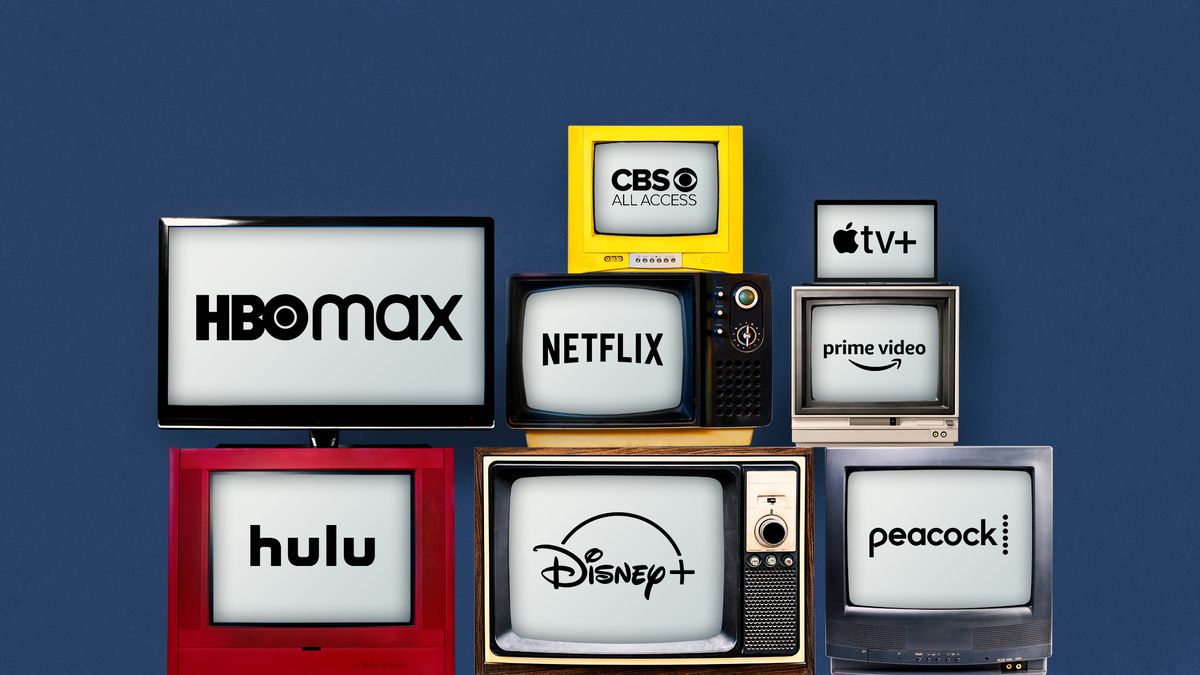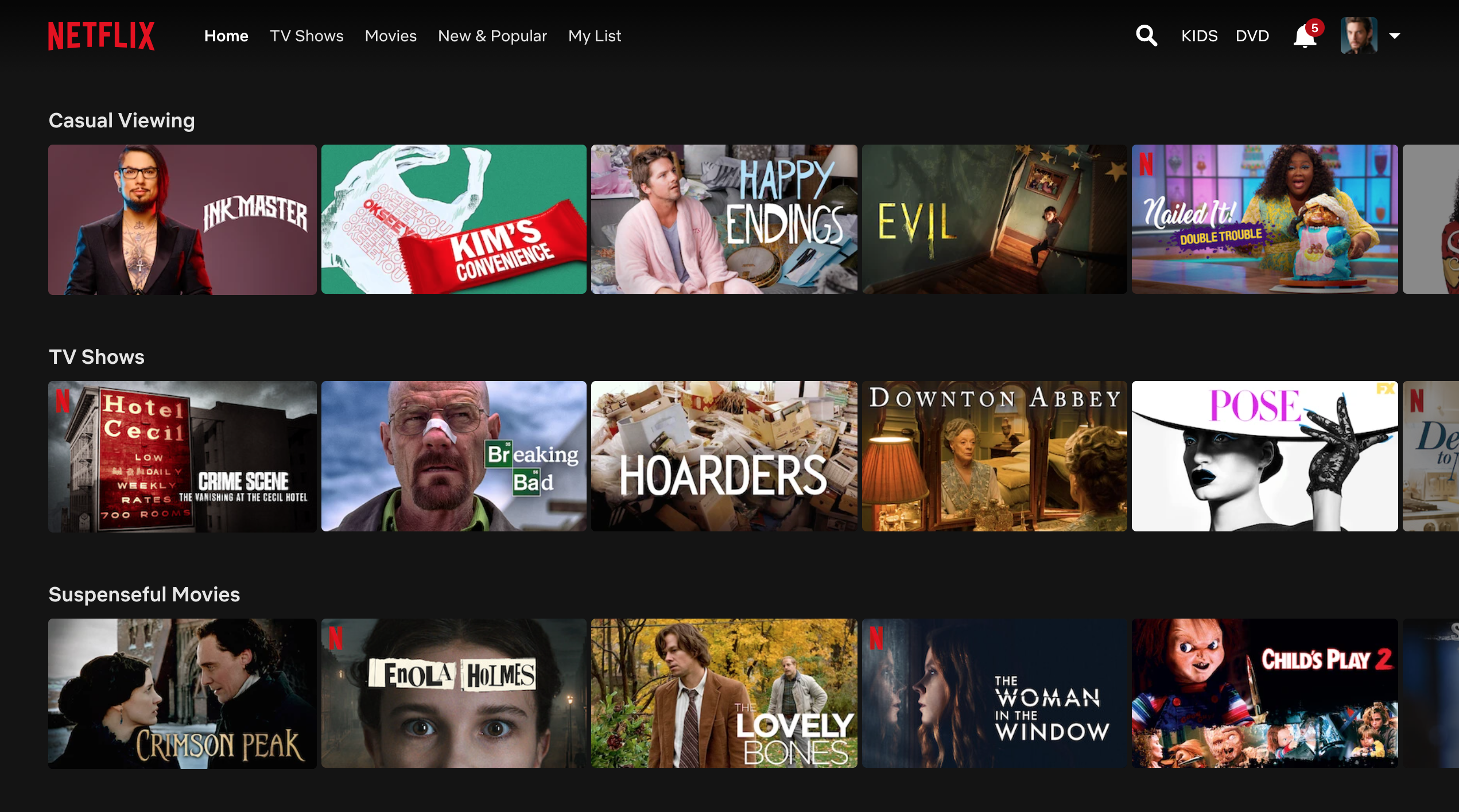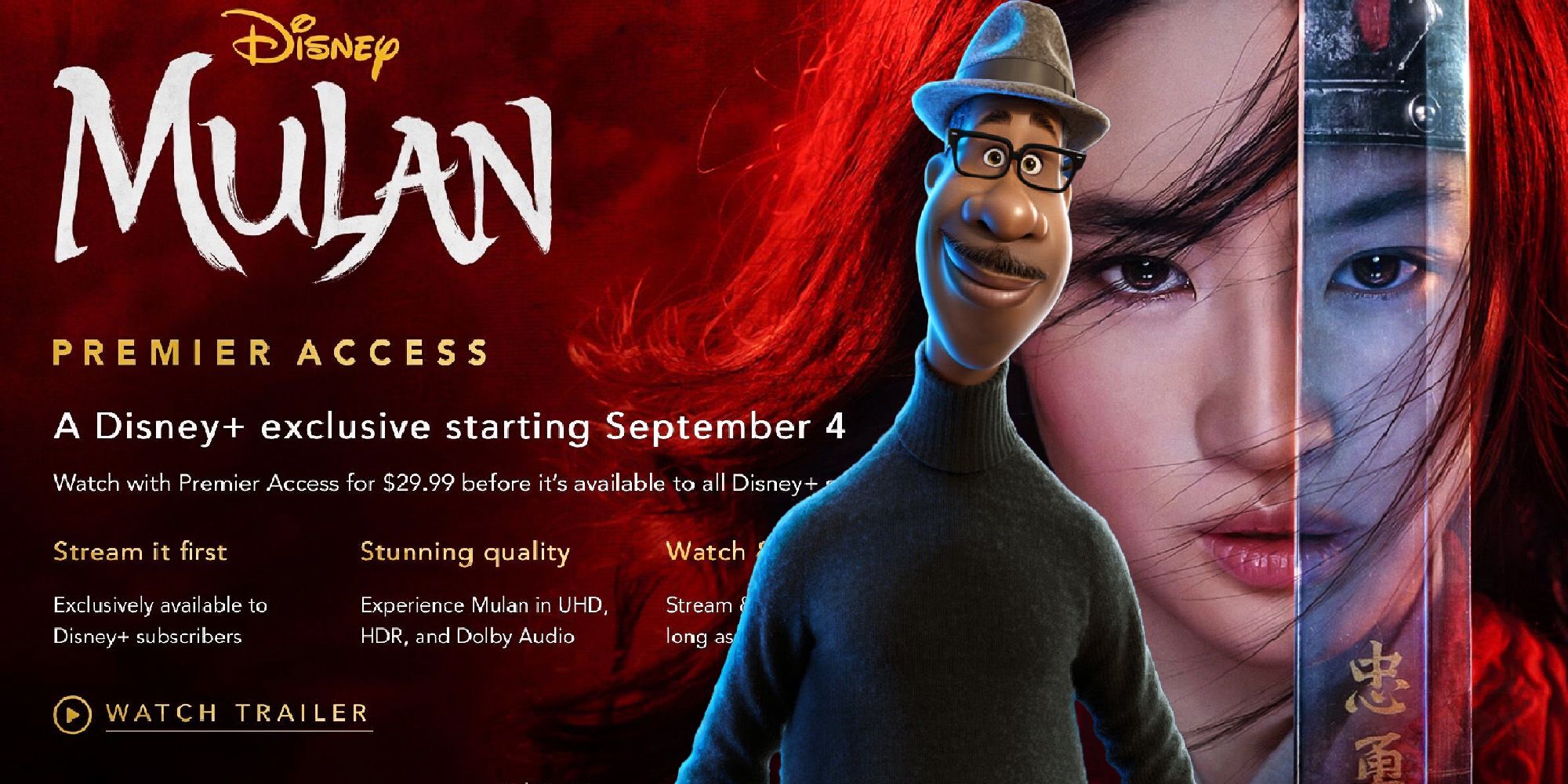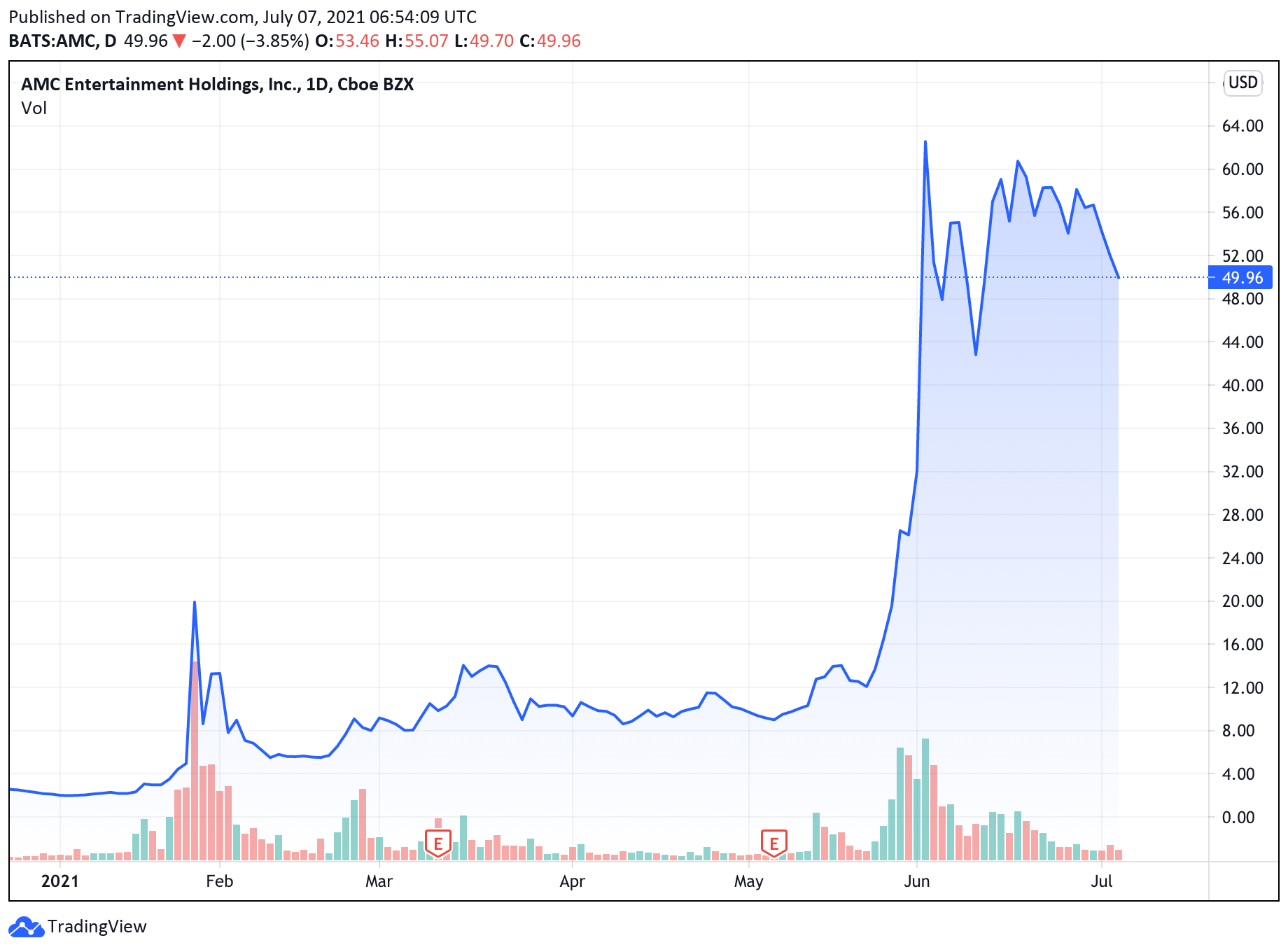Table of Contents Show
When the COVID-19 pandemic hit the world, a lot of things had changed. Students had transitioned from in-person classes to online learning. Companies had to learn how to navigate their teams from home instead of being at an office, and many film studios had to halt productions. During these confusing times, there wasn’t much that people could really do during the lockdown. This then left millions of people relying on streaming services as their main source of entertainment. From Netflix to Hulu to Amazon Prime Video to the newly launched Disney+, people had various services to choose from during the start of the global pandemic. Despite the diverse content to select from, certain aspects of these streaming services have become issues for people and the movie theater industry.
The List of Available Streaming Services
Before we can discuss the pros and cons of streaming services, it is important to list out the various services that people can choose from. While not all, below are some of the major streaming services with their monthly or yearly subscription prices (which have been taken from their respective websites). It is crucial to include the prices of each streaming platform to show the cost difference between them. In addition, it also highlights how much money you actually end up paying if you subscribe to multiple services.

- Amazon Prime Video ($8.99 per month plus taxes with no Amazon Prime membership, or if someone has an Amazon Prime membership it is included for free)
- Apple TV+ (Depends on which offer someone chooses, but a monthly subscription is $4.99 per month)
- Crunchyroll ($9.99 per month or $99.99 yearly)
- Disney+ ($7.99 per month or $79.99 yearly)
- Funimation ($5.99 per month for premium or $59.99 yearly, $7.99 per month for premium plus or $79.99 yearly, $99.99 yearly for premium plus ultra)
- HBO Max ($9.99 per month with ads or $99.99 yearly, $14.99 per month with no ads or $149.99 yearly)
- Hulu ($5.99 per month with ads or $59.99 yearly, $11.99 per month with no ads, $64.99 per month with ads and Live TV, or $70.99 per month with no ads and Live TV)
- Netflix ($8.99 per month for the Basic plan, $13.99 per month for the Standard plan, or $17.99 per month for the Premium plan)
- Paramount+ ($4.99 per month for the Essential plan or $9.99 per month for the Premium plan)
- Peacock (Free with limited benefits, $4.99 per month for Peacock Premium, $9.99 per month for Peacock Premium plus with no ads)
The Pros of Streaming Services
While the main focus of this article is going to be centered on the cons of streaming services, we do need to highlight the pros. One of the main benefits of streaming services is that you are able to access content almost immediately from the internet. In fact, in 2019, Netflix was one of the most popular mobile entertainment apps accessed within the United States (46.55 million users if we want to be more specific) (( Statista Research Department. “Most Popular Mobile Music and Video Apps in the United States as of September 2019, by Monthly Users.” Statista. 04 Feb. 2021. )). With this information in mind, it is clear that many people within the United States spend their free time watching content on their choice of streaming platform.
Another benefit of streaming is that it does not require an additional storage device. For the most part, when someone streams something, they are most likely accessing the content on their mobile device, gaming system, or through an app on their television. The content that someone streams is provided as long as you have a good Internet bandwidth. In addition, the content that someone streams does not require storage space. This means that whatever work someone streams does not take up any space on the device, unlike how apps require storage space when downloaded.

While there are many more pros to streaming services, we will only be discussing three. With that being said, the last pro to streaming services in our discussion is the selection of content that is provided. From nostalgic television shows from childhood to more recent films released within the last few years, the possibilities of what to watch are endless. The selection is so vast that most people spend their time debating what exactly they want to watch a good majority of the time. While this can be overwhelming to some, there is no doubt that streaming can always provide something to someone more so than regular cable television. Alongside the selection, someone can watch at their own schedule.
The Cons to Streaming Services
Despite the benefits of streaming, there are cons to them as well. For example, streaming does not provide the same experience as movie theaters do; sometimes outside distractions, whether family or random noises outside your home, can ruin the experience when watching. To put it simply, streaming does not have etiquette like movie theaters do. Another con to streaming is that streaming is actually the number of various platforms and their prices. This is better known as fragmentation. While it is great that there are various services with different content to watch when considering the cost of each service, it can end up hurting your bank account (if you subscribe to more than one platform). In addition, with more and more companies joining the streaming service world, which is better known in the industry as over-the-top (OTT) media services, it has resulted in people reverting to piracy due to the frustration that many people feel of fragmentation.

To be more specific, streaming piracy has gotten so large that it is now a billion-dollar industry (( Abdollah, Tami. “Streaming Piracy Is Now a Billion-Dollar Industry.” Dot.LA. 19 Aug 2020. )). Since piracy is now a large industry, it has resulted in many content owners not receiving their fair share of profit. Finally, another con is that streaming services are now serving as competitors to regular cable television and the movie theater industry. During the peak of COVID-19, movie theaters had to shut down to follow their respective states’ health and business guidelines.
Due to movie theaters being closed, for the time being, this allowed streaming services to release theatrical films on their respective streaming services. For example, when the United States began entering lockdown in early March 2020, the theatrical release of Niki Caro’s live-action Mulan was pushed back. However, instead of waiting until the following year for a theatrical release, Disney decided to make it available on their platform to their current subscribers at $29.99 on September 4th, 2020.
Pros And Cons Impacting The Choice Of Streaming Or Going To Movie Theaters
These pros and cons have impacted the way in which people decided if they want to stream something for the night or head to the movie theaters. As stated in the pros, streaming is super convenient. As a former film and English student, I spent a good chunk of my undergrad writing papers about various films and televisions shows. With streaming, I was able to take high-quality screenshots of these works to include in my writing to help elevate my papers.
Despite how convenient streaming is, streaming does not provide the same experience when watching in movie theaters. For example, Soul (Pete Docter and Kemp Powers) was released on Disney+ in late December 2020. When I finally got the chance to watch it, I couldn’t embrace myself in the movie because my living environment was too loud. I remember thinking that I wish I could have watched Soul in theaters for the full experience and atmosphere.
Streaming Services And Movie Theaters Post-COVID
Currently, we are in a time period where the United States is slowly reopening across the nation, which means that movie theaters are opening back up. However, due to the nature of the global pandemic, many people do not want to leave the comfort of their own homes in fear of getting or spreading COVID, whether they are vaccinated or not. With people not wanting to leave the comfort and safety of their home, and with streaming services still providing theatrical releases on their platforms like Michael Chaves’s 2021 film The Conjuring: The Devil Made Me Do It for free on HBO Max, it has left many questioning what the future holds for film studios and movie theaters once COVID ends.

From a stock market perspective, the future of movie theaters post-COVID seems bright. When looking at the stocks for AMC Entertainment for the past six months, they have been on the rise. This means that people have been buying shares of the company. Despite the drops it had recently, AMC Entertainment shares are still holding high. Therefore, this implies that people believe that the movie theatre industry will make a full comeback. However, according to Gene Del Vecchio of the USC Marshall School of Business and Wendy Wood of the USC Dornsife College of Letters, Arts and Sciences, Del Vecchio and Wood believe that streaming is the future (( Richards, Tia. “Predicting the Future of the Entertainment Industry After COVID.” USC News. 30 Mar 2021. )). Due to the global pandemic, people have gotten used to watching content on streaming platforms, which resulted in many film companies opting to release their newest works on streaming rather than in theaters.
Is Streaming Really The Future?
In a 2021 essay for Harper’s Magazine, iconic director Martin Scorsese—who has released films like Taxi Driver (1976), Goodfellas (1990), and The Wolf of Wall Street (2013)—critiques streaming services. In his essay “Il Maestro,” Scorsese says that streaming has devalued the art of cinema because the “suggested” section of streaming is an algorithm based which ends up treating viewers as nothing more than consumers (( Scorsese, Martin. “Il Maestro.” Harper’s Magazine. Mar 2021. )). Despite Scorsese’s critiques, he does recognize that the movie industry is changing and that streaming is where people are flocking to. Considering his two latest projects — The Irishman (2019) and Killers of the Flower Moon (release date TBA)—are funded by streaming platforms (Netflix and Apple TV+ respectively), Scorsese realizes that streaming is here to stay. Personally, I agree with Scorsese’s claims because streaming services really have changed the film industry. Before streaming, a good majority of the film industry was mainly focused on making films for the love and art of storytelling. Now, many film companies seem to only care about making something that can easily fit in various algorithms on streaming platforms.

Considering that movie theaters are barely opening back up, it is still too soon to tell whether or not streaming services are the future of entertainment. In my own personal opinion, I believe that streaming is something that will always be there, but it will not be the go-to option. Movie theaters have always provided a more community aspect to them, such as going out with family or friends or even experiencing the hype of an opening night showing to a franchise feature with your fellow fandom. The movie theaters are truly their own experience, and I think are here to stay for a while.
